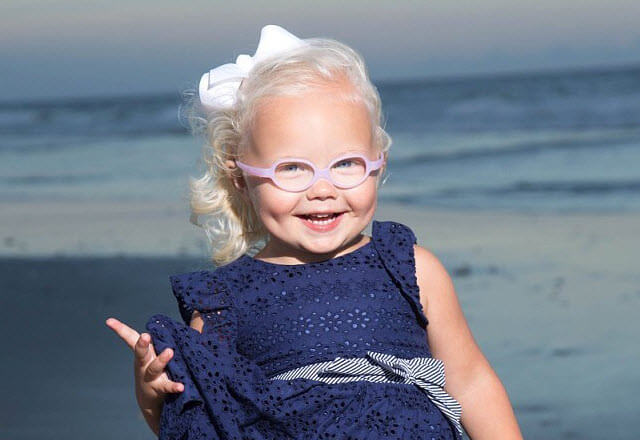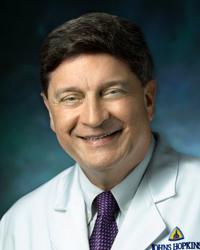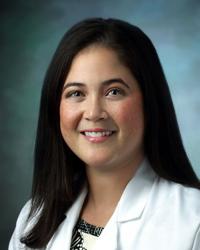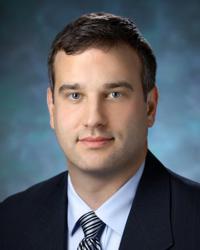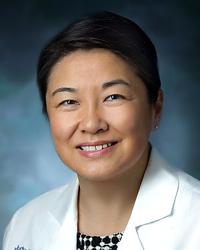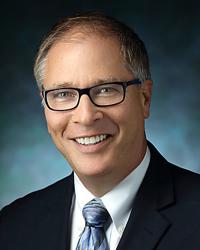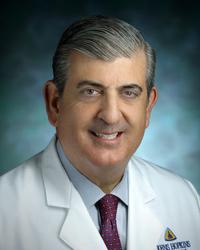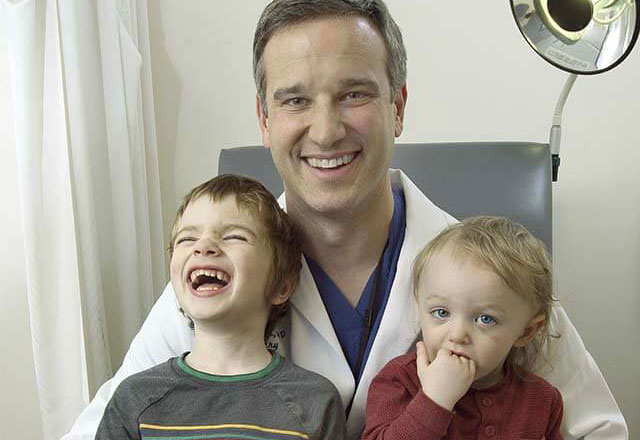Chiari malformations are a group of abnormalities that occur in the back of the head where the brain and spinal cord connect. The Johns Hopkins Chiari Malformation Center provides expert care to both children and adults with all types of Chiari malformation and related conditions like syringomyelia.
Request an Appointment
Dr. Eric Jackson offers telemedicine (online) appointments for people diagnosed with Chiari malformation, including those seeking another opinion. This telemedicine service is available to people who are located in the following states at the time of the appointment: Florida, Maryland, Pennsylvania, Virginia or Washington, D.C. We do our best to accommodate urgent appointment requests.
Chiari Malformation Center
International Patient Services
Our Approach to Chiari Malformation
Multi-Specialty Care
Chiari malformation can impact multiple areas of your health. We confer with colleagues across Johns Hopkins to address all aspects of your care.
Custom Treatment Plans
Not all Chiari malformations require surgery. Our experts will recommend custom treatment strategies based on your anatomy, symptoms and preferences.
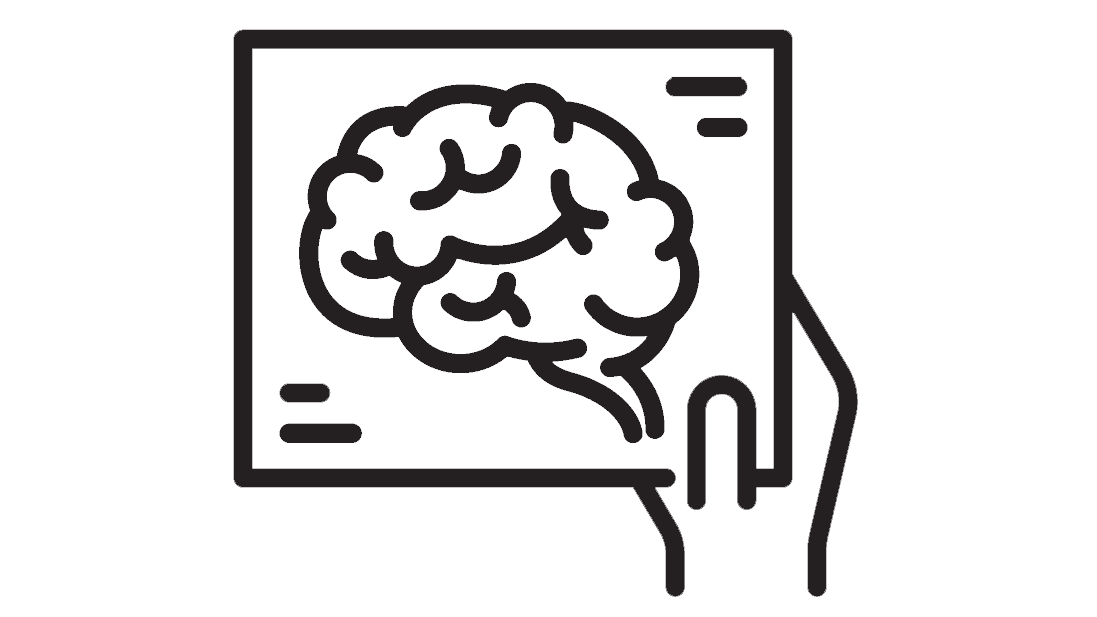
Treatment for All Ages
Our doctors offer seamless treatment plans for patients of all ages, partnering with you from infancy into adulthood.
Innovative Procedures
We provide the latest and safest surgical techniques to repair Chiari malformation, including cranioplasty for adults to restore skull contours after decompression.

Chiari Malformation Experts
Our Chiari malformation surgeons have decades of experience diagnosing and treating patients of all ages with Chiari malformation.

